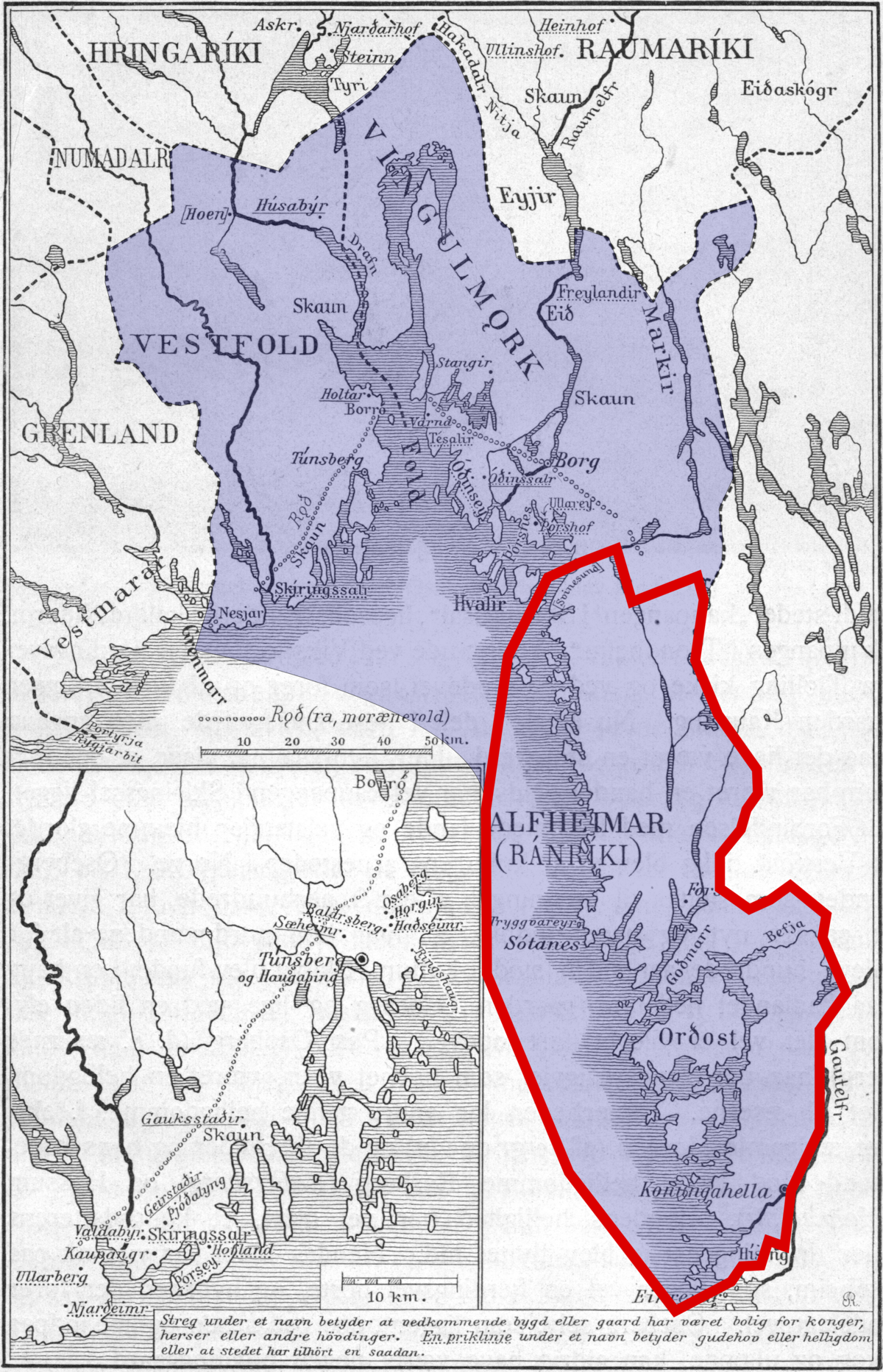Marandahir
Crown-Forester (he/him)
Drow as in Cow, by way of inheritence from the Trow, a Scottish/Northumberlander variant of Troll dating to the Danelaw, influenced by the Cumbrian and Gaelic speakers' accents mingling with those of Saxons and Danes up North. I say this as a proud descendant of families that included the word in our names. Not my last name, but in my family tree are the Trowbridges, a family whose name literally means the Troll under the Bridge. Though, the way Americans like myself prounce the name is actually more like Snow than Cow.
That said, the word Troll itself is almost certainly related to Draugr, or Draugh, which would be pronounced like trough (or with the examples above, Snow) – these are the zombie boogeymen from Norse folklore, also dealt with via fire. Trolls weren't always giants, that came from a tradition of mapping the Draugr onto the Jötuns to give us our modern fairytale Troll. But the Trow of the North counties and Scotland were at least at first far more like Draugr than Bridge-Trolls, because the word came over during the Danelaw. It also is apparently used in the Orkneys, and appeared in the Norn language, a Norse tongue of the Vikings that occupied the isles north of Scotland, and there the Trow are even more Draugr like in the stories.
Now, as to Darkálfar or Dark Elves, these seem to originally have been another name for the Dwergr or Dwarrows/Dwarves, in dark sooty miner cavernous contrast to the Light Elves, a contrast Tolkien played up with his Elves vs Dwarves cultural squabbles. But even before D&D, Darkálfar also were mapped onto Draugr at times, so the idea of Trow as Dark Elves is not entirely a neologism. Certainly it was D&D that made them more Elven-but-twisted-and-evil, though, something we see with the Dark Elves in Marvel as well being literally Elves, but evil and from a Dark World.
But these are the elements that get us to the D&D Drow – Giants, Bridge Trolls, Dwarves, Elves, and Norse Mummies. And because they come via way of Northern British/Scottish accents bogeymans, I would say we should call them Drow as in Cow.
That said, the word Troll itself is almost certainly related to Draugr, or Draugh, which would be pronounced like trough (or with the examples above, Snow) – these are the zombie boogeymen from Norse folklore, also dealt with via fire. Trolls weren't always giants, that came from a tradition of mapping the Draugr onto the Jötuns to give us our modern fairytale Troll. But the Trow of the North counties and Scotland were at least at first far more like Draugr than Bridge-Trolls, because the word came over during the Danelaw. It also is apparently used in the Orkneys, and appeared in the Norn language, a Norse tongue of the Vikings that occupied the isles north of Scotland, and there the Trow are even more Draugr like in the stories.
Now, as to Darkálfar or Dark Elves, these seem to originally have been another name for the Dwergr or Dwarrows/Dwarves, in dark sooty miner cavernous contrast to the Light Elves, a contrast Tolkien played up with his Elves vs Dwarves cultural squabbles. But even before D&D, Darkálfar also were mapped onto Draugr at times, so the idea of Trow as Dark Elves is not entirely a neologism. Certainly it was D&D that made them more Elven-but-twisted-and-evil, though, something we see with the Dark Elves in Marvel as well being literally Elves, but evil and from a Dark World.
But these are the elements that get us to the D&D Drow – Giants, Bridge Trolls, Dwarves, Elves, and Norse Mummies. And because they come via way of Northern British/Scottish accents bogeymans, I would say we should call them Drow as in Cow.

